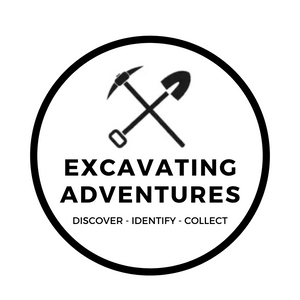Ecosystem Explorers: The Intricacies of Food Webs
Welcome to the wild and wondrous world of food chains and webs, where every creature plays a crucial role in nature's grand adventure!
Imagine diving into a jungle of interconnected stories, where plants, animals, and insects are all linked in a thrilling survival game. From the sun-soaked leaves to the stealthy predators, we'll journey through the intricate pathways of who eats whom and how these connections create a harmonious balance in the ecosystem.
Get ready to unravel the mysteries of the food chain and discover how every living thing, big or small, is an essential part of this exciting ecological puzzle!
Learning Objectives:
- Understand a food chain as a story of who eats whom, from plants to herbivores to predators.
- Learn about producers, the first link in a food chain, which are plants that make their own food.
- Discover consumers in the food chain, including herbivores, carnivores, and omnivores that eat other living things.
- Differentiate between a food chain and a food web, the latter showing interconnected food chains in an ecosystem.
- Recognize the importance of food chains and webs in showing how energy and nutrients flow in nature and affect ecosystem balance.
What Is a Food Chain?
A food chain is like a story of who eats whom in nature. It starts with plants, which make their own food from sunlight. Then comes the herbivore, like a rabbit, which eats the plants. Next, there's a predator, like a fox, which eats the rabbit. Each step of who eats whom is a link in the food chain, showing how energy moves from one living thing to another.
Who Are the Producers in a Food Chain?
Producers are the first link in a food chain and they are usually plants. They are called producers because they produce their own food using sunlight, water, and air - a process called photosynthesis. Without producers, there would be no food for other living things in the chain.
What Are Consumers in a Food Chain?
Consumers are living things that eat other living things in the food chain. They can't make their own food like plants. There are different types of consumers: herbivores (like deer, who eat only plants), carnivores (like lions, who eat only other animals), and omnivores (like bears, who eat both plants and animals).
How Does a Food Web Differ from a Food Chain?
A food web is more complex than a single food chain. It shows how different food chains in an ecosystem are connected. It's like a big spider web, where each strand is a different food chain. A food web better represents what actually happens in nature, where most animals eat more than one kind of food and are part of multiple food chains.
Why Are Food Chains and Webs Important?
Food chains and webs are important because they show how energy and nutrients flow through an ecosystem. They help us understand how living things depend on each other for survival. If one part of the chain or web is affected, it can impact the whole system. This helps us understand the importance of every species in maintaining the balance of nature.
Food Chains and Webs Fun Facts:
- A food chain tells the story of who eats whom in nature, starting with plants and moving up to herbivores and predators.
- Producers, usually plants, are the first link in a food chain and create their own food using photosynthesis.
- Consumers in the food chain, which include herbivores, carnivores, and omnivores, depend on eating other living things for energy.
- A food web is a more complex system that shows how various food chains in an ecosystem are interconnected.
- Food chains and webs are crucial for understanding energy flow and species interdependence, and their balance is vital for ecosystem health.











